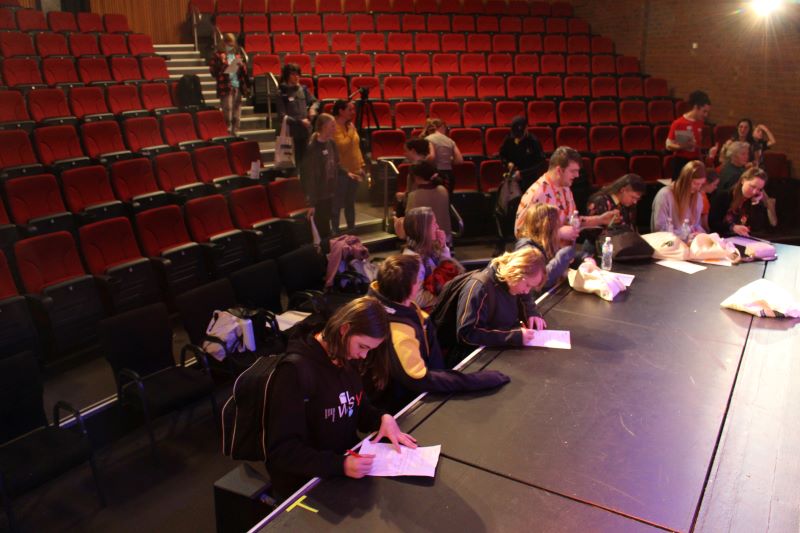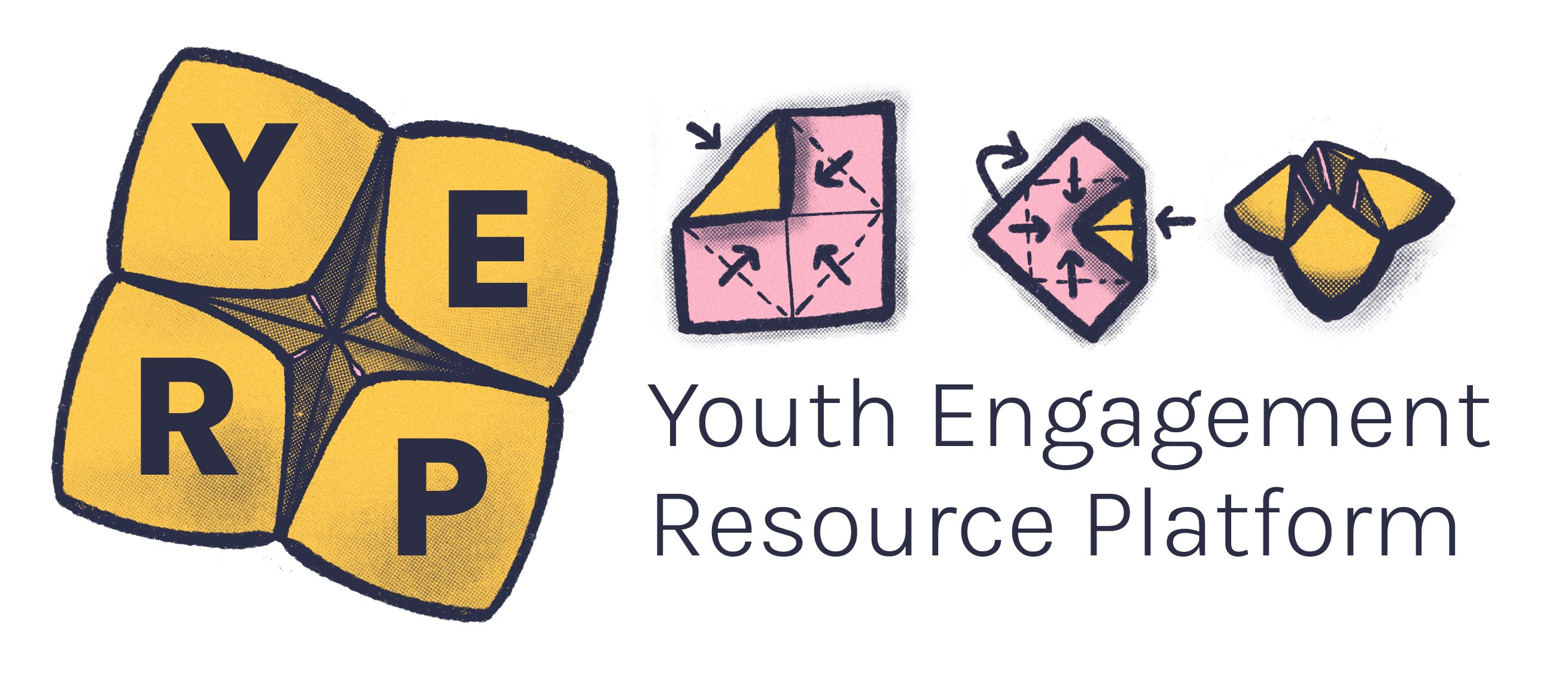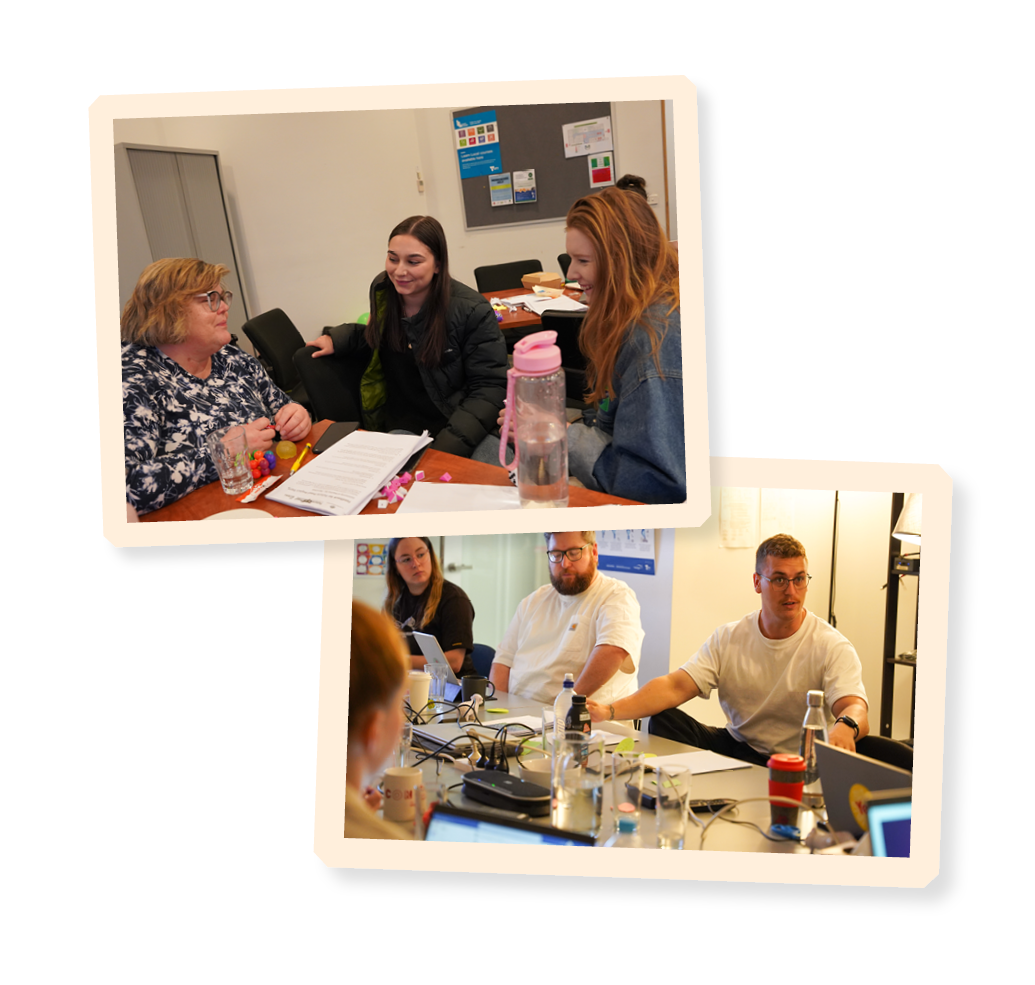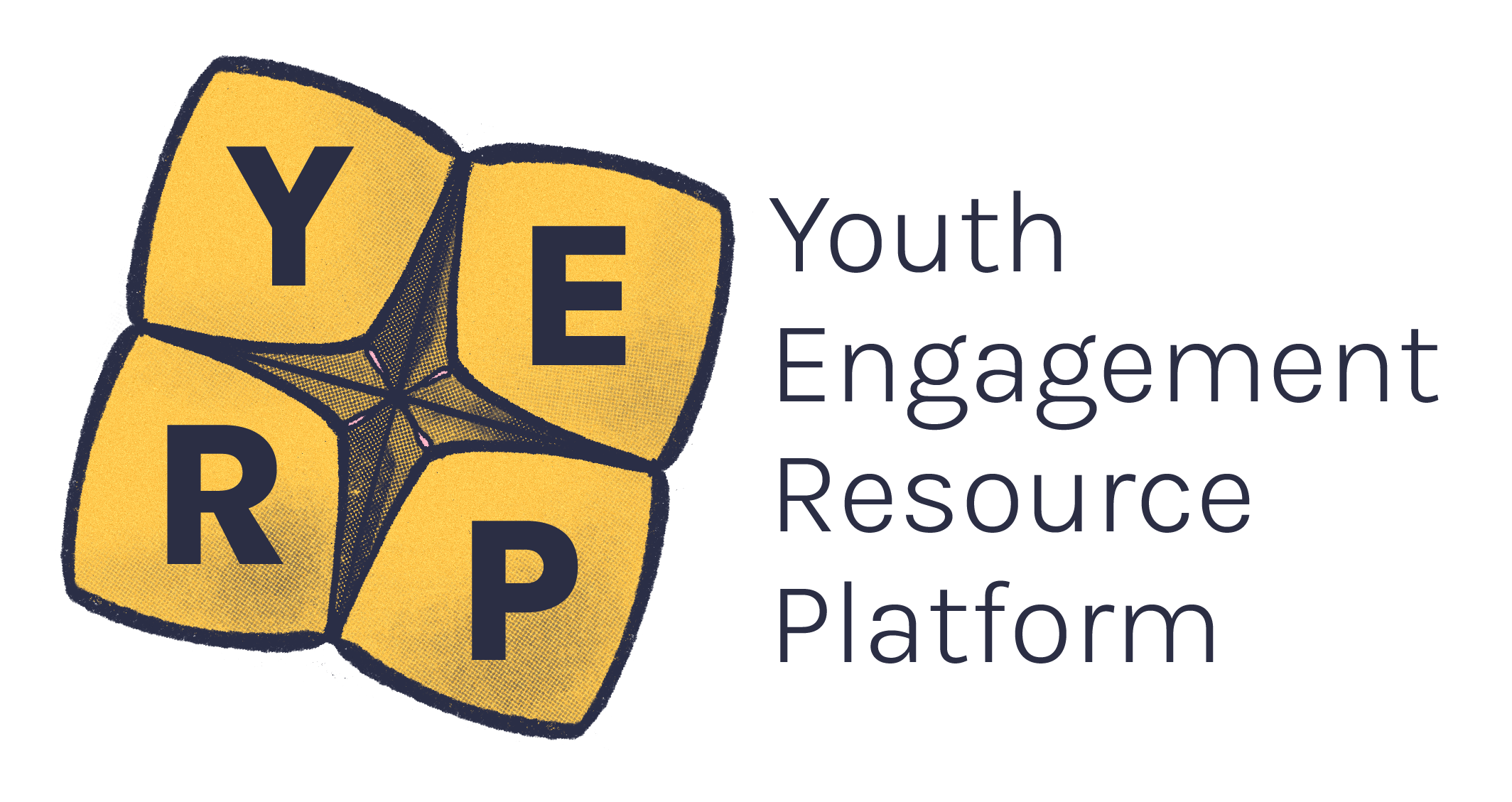Feedback involves the communication of ideas and opinions from one person to another, with the intent to change and improve the behaviour or work of the person receiving the feedback.
It's an essential part of working with young people, as well as growing professionally and personally.
It can seem daunting, as feedback can feel personal, but it’s an invaluable tool as we grow as professionals and continue to engage with young people. This is because feedback gives us information on what worked, what didn’t, and how we can improve a program, event, or consultation in the future.
As youth workers you will often invite feedback from young people to give them agency and to ensure they feel comfortable and that their voice is heard.
Informal feedback can look like a casual conversation regarding an activity just completed, or it can be taking note of reactions in a room.
Examples of informal feedback questions are:
- ‘What did you think of this activity?’
- ‘How are you finding XYZ?’
- ‘What did you enjoy about XYZ?’
- ‘Is there anything that would make XYZ more enjoyable for you?’
Informal feedback could also be prompted by the young person proactively giving feedback. Try to be open to this, even though you may not have been expecting feedback.
Remember that feedback in any form is a learning opportunity. Being affirming of a young person’s thoughts and opinions, even if they’re about you, is going to extend this professional trust and allow for positive improvements to be made.
Formal feedback may involve similar questions to those above but will be delivered in a formal way such as:
- Surveys – either paper or online forms such as Microsoft Forms, Survey Monkey or Typeform.
- Mentimeter – an online interactive presentation tool.
- Verbally in a formal setting such as a meeting where time has been identified in the agenda to discuss feedback.
The main difference between informal and formal feedback, is that formal feedback is scheduled and planned into activities. Informal feedback happens more organically in the moment.
Formal feedback also usually means you have a record of what was said. Regardless of whether informal feedback has occurred throughout the session, it’s A way of doing something that is considered the most ethical and effective.best practice to have a formal feedback mechanism in place.
A group of young people in an auditorium after an event. They are leaning on the edge of the stage, filling out feedback forms.

Transparency within a professional context describes organisations and employees being open, honest, and having good communication with everyone they interact with, and this extends to young people.
As a youth worker, this means that you disclose all relevant information to a young person and explain your processes and decisions.
Some benefits of transparency:
- Improved interactions between you and the young person.
- Increased trust.
- Better engagement from a young person.
- Improved agency for a young person to make decisions regarding their lives and their interactions within youth participation activities.
Transparency is also a core value within the Victorian Child Safe Standards, allowing young people to have access to all information that enhances the decision capabilities of a young person.
It also relates to the duty of a youth worker to put the young person before the advancement of themselves or youth agencies.
Victorian Child Safe Standard 7 is specifically around processes for complaints, ensuring they’re accessible and the process around complaints is clear.
Without feedback it can be difficult to work out how to improve a program, event, or consultation. For this reason, it is a key part of evaluation and meaningful youth participation.
No mechanism for feedback can also make it difficult to know what impact the service had on young people.
Feedback is important in ensuring that a young person is heard and receives the best support possible. It ensures meaningful youth participation as it involves the young person throughout the process and allows them agency to voice their suggestions or concerns.
Transparency intersects with feedback as it ensures young people are informed about the process and their role from start to finish.
Without transparency of the processes, feedback will not be as valuable since young people aren’t informed about how it will be used and what changes will be made as a result.
The ‘feedback loop’ is the whole process of feedback. Closing the feedback loop happens when you inform young people about the result or impact of their feedback. It ensures youth participation is meaningful.
After receiving feedback, remember to follow through and if possible, make the changes that young people have requested. Otherwise, young people may feel like their opinion doesn’t matter.
If the changes can’t be implemented, they should be given an explanation as to why.
By showing integrity and being transparent with the decision-making process, you help to build trust between you, the young person and the service or organisation.
Closing the feedback loop ensures that young people’s participation is valued, and they’re informed on the next steps they can expect.
Closing the feedback loop involves two things.
Firstly, the change must be set into motion once the feedback has been received.
The scale of change is dependent on the feedback but can include small modifications to presentations and work, or larger scale focus groups that would include report writing. The change must be enacted for the feedback to be seen as meaningful.
Secondly, the young person must be informed throughout the change making process.
This can include:
- Notification that the change has been made. For example, ‘thanks for your feedback, everyone. Here’s the change that has been made based on the information we received.’
- Ask for clarification following feedback. ‘Thanks everyone for your feedback, I heard lots of suggestions regarding x part of the process, does anyone have any suggestions on what they would prefer?’
Although feedback should be designed with an opportunity for suggestions on what a young person would prefer, clarifying questions can help ensure that developments made after feedback improve the process.
Next steps
Part of closing the feedback loop is informing young people of what’s happening with the information they provided. This doesn’t necessarily focus on feedback but is more about transparency.
For example, if a group of young people took part in a consultation, send an email or let them know at the start of the next catch up how the project is going.
This informs the young people about what’s happening and how their contributions are being used. It engages young people for the life of the project, beyond their particular consultation or participation in a program.
Cheerful drawing of a group of four people chatting at a table. Symbols above them include a lightbulb, speech bubbles and a heart, indicating the conversation is positive and productive.
Illustration by Lily.

Unfortunately, not all feedback is going to be positive. Even when we’re trying our best, we cannot be perfect and there’s always room for improvement.
Hearing negative feedback about your performance can be challenging to receive but it is important to hear.
Some ways to manage negative feedback:
- Listening openly and without defensiveness
- Avoid responding to young people with any kind of negative emotion
- Take time to process the emotion. It is not necessary to jump straight into solutions
- Recognise that you haven’t necessarily done anything wrong, but that there are just other ways of doing things that young people may respond better to.
- Reflect on what you have been told about your or others’ approach and consider what your next steps might look like. For example, do you need to speak with other young people to understand their experiences?
- Have a debrief with your manager, mentor or supervisor
Mandy (she/her) and Dakhina (she/her) speaking about resources and services from the Outcomes Practice Evidence Network (OPEN) to empower you to approach evaluation with clarity and confidence.





